I am sure we all have engraved in our minds the excitingly named Strategic Objective 3.1? It’s ok, this isn’t a test, and I will not be asking for answers on a GROW card… Mr Ben Turner, Assistant Head Pastoral, looks at the next steps in our pastoral programme here at WHS.
| The answer –which of course we all knew – is: “Developing a growth mindset across the school”. Ever since Dr Carol Dweck published her paper about the underlying beliefs people have about learning and intelligence, the education community has been clamouring to implement her findings in schools across the globe. Another well-known theory, Everett Rogers’ Diffusion of Innovations, depicts the process by which an idea is adopted over time within a community. As Everett’s ‘Laggards’ grapple with how to implement Growth Mindset in their schools is it time for us, as at least ‘early adopters’ if not ‘innovators’ ourselves, to move beyond Dweck’s original research and ask; what’s next? | 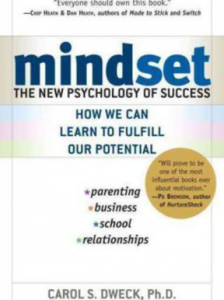 |
As we all know too well, the world is rapidly changing, and the landscape for which we are preparing our students is constantly shifting. A recent Oxford University study estimates that 47% of current jobs are “at risk” of being automated in the next 20 years.[1] The subjects we learn at school are mostly static, two plus two will always equal four and the Battle of Hastings will have always been fought in 1066. Complexity theorist Sam Arbesman[2] argues that facts like these have a ‘half-life’ of utility. Even coding, often touted as ‘the language of the 21st Century’, was first taught using the coding language of BASIC which is now defunct, and today Python is the most popular but will likely not be a decade from now. The challenge for students and educators is putting less value on what we know and more on adaption and improvisation.
 |
Should the next focus then be on what we do with what we know, not what we have learnt or how we have learnt it? Laszlo Bock[3], formally the senior vice president of people operations at Google – i.e. the guy in charge of hiring the talent for one of the world’s most influential and successful companies – notes that test scores are a worthless criteria for hiring and predict nothing. During Bock’s tenure, the percentage of Google employees without a college education rose to as high as 14% on some teams. What then did Bock value in a candidate? Of course, one cannot dismiss ‘good grades’, many jobs at Google require maths, computing and coding skills but the answer does not reside just in STEM and they certainly have their eyes on much, much more. The number one trait that Google looks for? Cognitive ability – the ability to ‘process on the fly’, to pull together disparate bits of information in order to work on and solve a problem. |
Interestingly the other key skill sought by Google? Leadership. This is not the traditional leadership of captains and presidents. It is the leader, who when faced with a problem while a member of a team, at the appropriate time, steps in and leads. And, just as critically, steps back and stops leading and is able to relinquish power. This humility and ownership is an intrinsic part of leadership; to have stepped in with a sense of ownership while having the humility to step back and embrace the ideas of others in order to achieve your ultimate goal of problem solving, together. Perhaps the most telling of Bock’s lessons? The least important trait, so called ‘expertise’ – why would you hire someone that has done something ‘100 times’ before – what genuine innovation is there in repeating the past?
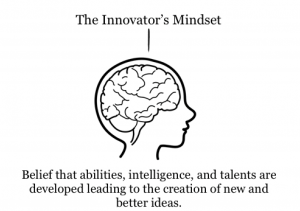
So, where then do these examples leave Strategic Objective 3.1?
I am sure that much of this will not be a surprise for most, but in evolving our thinking, it does raise pertinent questions.
- What is the difference between embracing challenges and persevering through them and seeking out those challenges as opportunities?
- When obstacles arise, our common response is grit and resilience but can we do more to shift our thinking to look for opportunities and possibilities; what do we do with what we know once they occur?
- Innovation is not about ‘thinking outside the box’, it is about creating opportunities inside the box you already have; our hard work and effort are continuous, but as a school, how can we look to make time to create new solutions and ideas?
We proudly embrace failure but we cannot afford to be passive or linear in our thinking. Failures and challenges do not simply come in a procession, one by one; the most successful yet humble human beings are the ones that seek the highs and have experienced the lows and have come back for more regardless. Computers will never replace the agility of thought offered by people who can empathise, communicate and collaborate. It is that we want to engrave in our new Strategic Objectives but more importantly, instil into our girls so they can stride out and lead on the challenges facing us in the 21st century.
[1] http://www.eng.ox.ac.uk/about/news/new-study-shows-nearly-half-of-us-jobs-at-risk-of-computerisation
[2] The Half-Life of Facts: Why Everything We Know Has an Expiration Date, Samuel Arbesman, 2004
[3] Work rules! Insights from inside google that will transform how you live and lead, Laszlo Bock, 2015



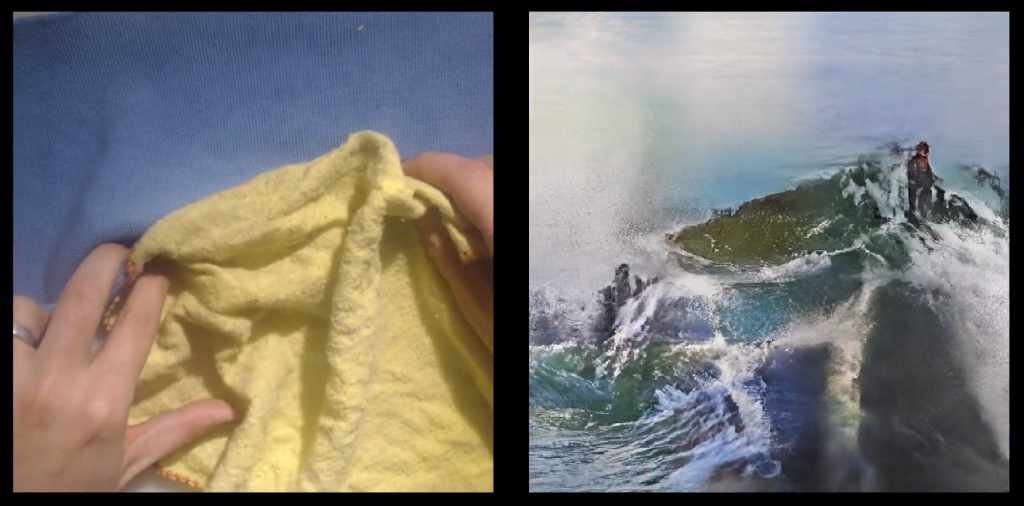
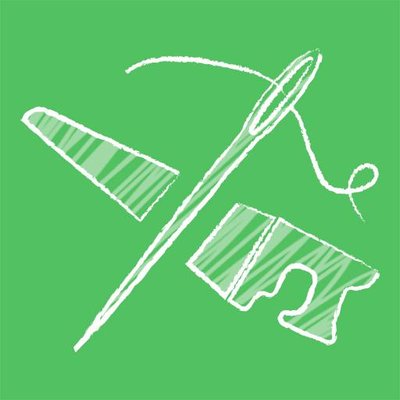
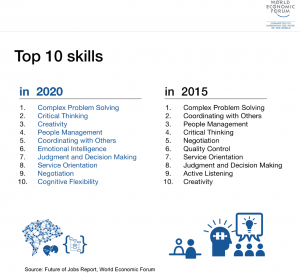 The aim at WHS is to equip students with the new skill set that they will require for the predicted ‘Fourth Industrial revolution 2020’ and to meet the shortage in UK Engineers, especially with women. We needed to change the approach to how Design and Technology is taught in response to a changing world.
The aim at WHS is to equip students with the new skill set that they will require for the predicted ‘Fourth Industrial revolution 2020’ and to meet the shortage in UK Engineers, especially with women. We needed to change the approach to how Design and Technology is taught in response to a changing world.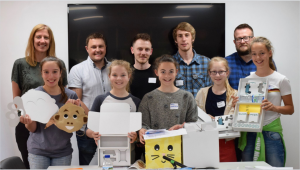
 This was another valuable opportunity where the girls stood and presented their concepts. They responded extremely well to the questions from various delegates who were very impressed with their ideas. After their presentation a number of delegates had further conversations about how the ideas developed and took closer looks at the latest iterations developed in conjunction with DS Smith. A number of delegates were keen to see it progress and one in particular, Sara Nelson RGN from Healthy London Partnership based at the Evelina Hospital at St Thomas, was very interested in running a pilot at her clinic with the textiles monkey bag design created by Sascha. A great day was had by all.
This was another valuable opportunity where the girls stood and presented their concepts. They responded extremely well to the questions from various delegates who were very impressed with their ideas. After their presentation a number of delegates had further conversations about how the ideas developed and took closer looks at the latest iterations developed in conjunction with DS Smith. A number of delegates were keen to see it progress and one in particular, Sara Nelson RGN from Healthy London Partnership based at the Evelina Hospital at St Thomas, was very interested in running a pilot at her clinic with the textiles monkey bag design created by Sascha. A great day was had by all.